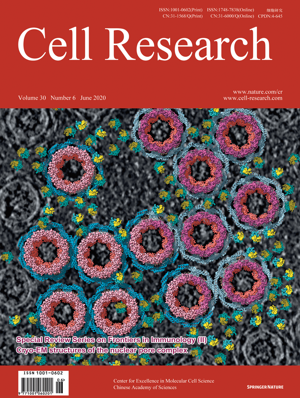
Advanced Search
Submit Manuscript
Advanced Search
Submit Manuscript
Volume 30, No 6, Jun 2020
ISSN: 1001-0602
EISSN: 1748-7838 2018
impact factor 17.848*
(Clarivate Analytics, 2019)
Volume 30 Issue 6, June 2020: 548-550
Base editing-mediated splicing correction therapy for spinal muscular atrophy
Xiang Lin1,2 , Haizhu Chen1 , Ying-Qian Lu1 , Shunyan Hong1 , Xinde Hu3 , Yanxia Gao3 , Lu-Lu Lai1 , Jin-Jing Li1 , Zishuai Wang4 , Wenqin Ying3 , Lixiang Ma5 , Ning Wang1,2 , Erwei Zuo4,* , Hui Yang3,* , Wan-Jin Chen1,2,*
1Department of Neurology and Institute of Neurology, First Affiliated Hospital, Institute of Neuroscience, Fujian Medical University, Fuzhou 350005, ChinaDear Editor,
Spinal muscular atrophy (SMA) is a devastating autosomal recessive motor neuron disease.1,2 Infants with more severe forms of type I SMA die before the age of 2 if no intervention is provided.1,2 Spinraza and zolgensma have been approved by the FDA as SMA therapeutics for pediatric patients.1,2 However, as an antisense oligonucleotide (ASO) based therapy, spinraza requires four loading doses, followed by three annual maintenance doses. The patients would be subjected to repeated intrathecal injections in the procedure. Zolgensma is a single-dose gene-replacement therapy for SMA, but unfortunately is unreliable in maintaining a high, stable level of gene expression. These issues have limited the therapeutic effects of the two approved drugs for SMA.
https://doi.org/10.1038/s41422-020-0304-y